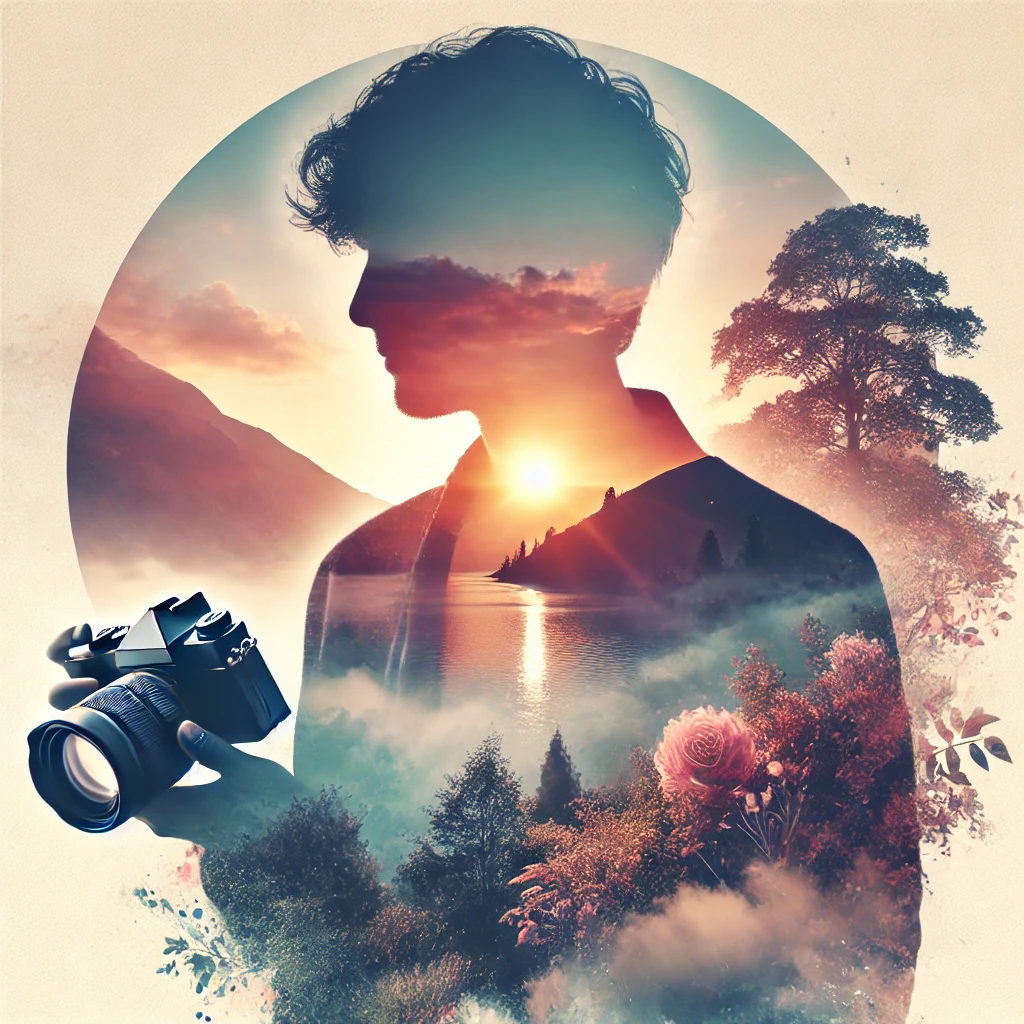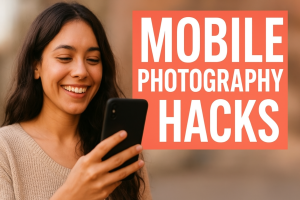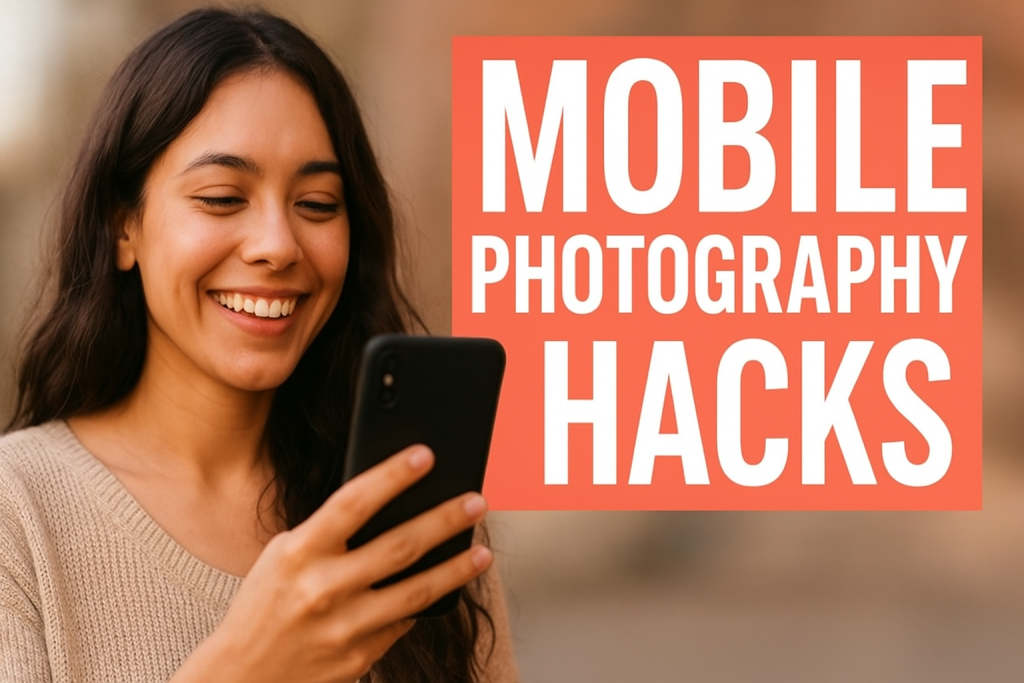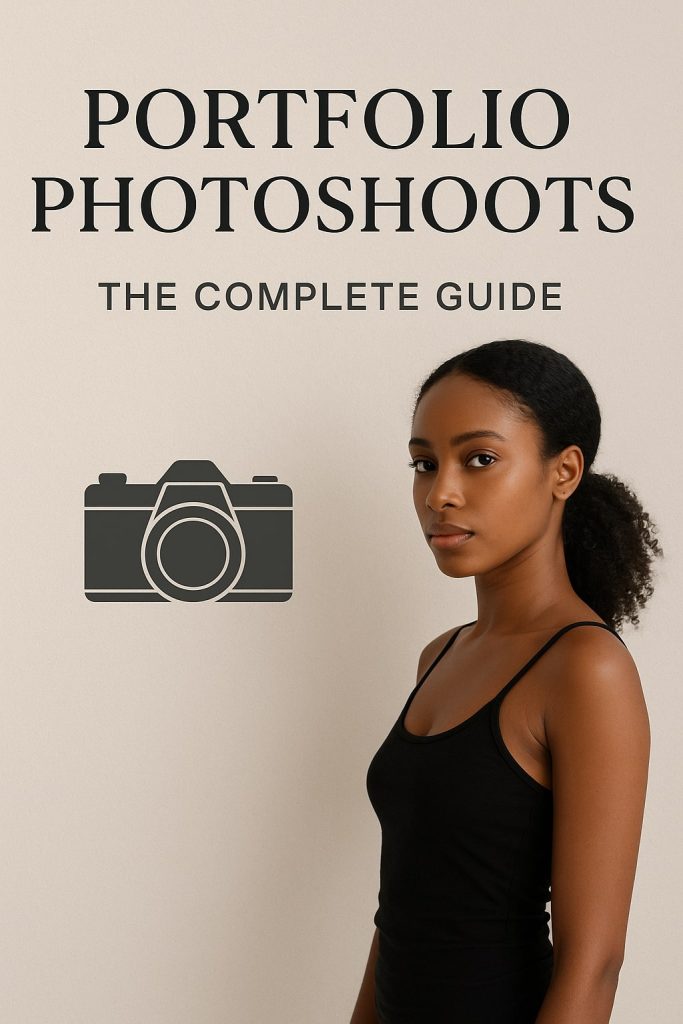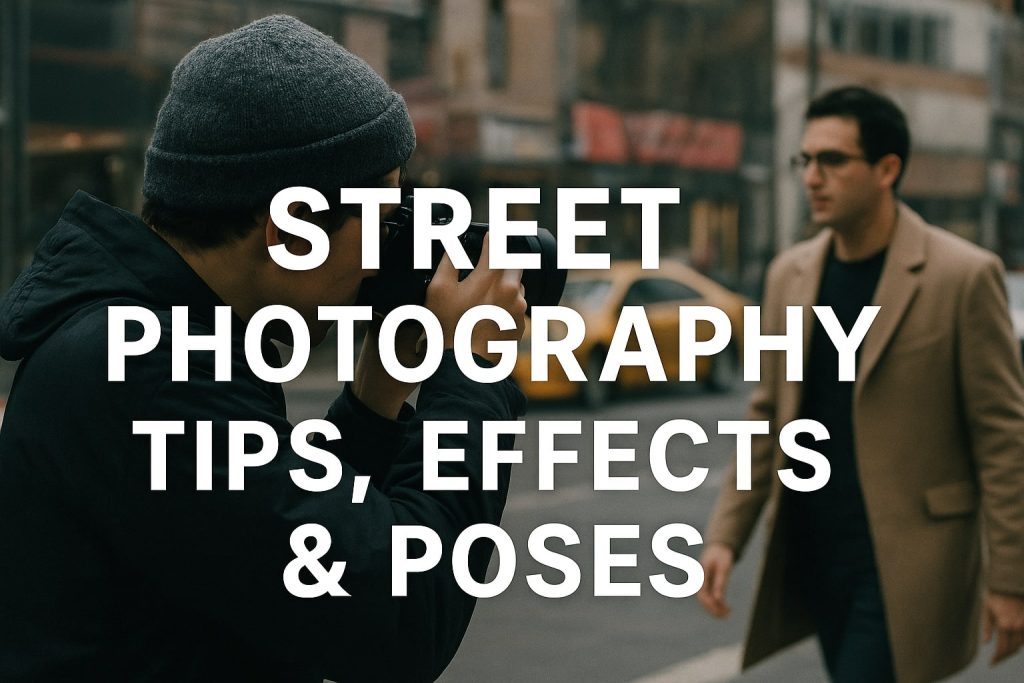Double exposure photography is a technique that blends two different images into a single composition. It creates ethereal, surreal, and artistic effects, making it a favorite among creative photographers. This article will guide you through the process of capturing and editing double exposure images, whether you use a digital camera or smartphone.
What is Double Exposure Photography?
Double exposure is the combination of two images into one frame. Traditionally, it was achieved using film cameras by exposing the same frame twice. In digital photography, this effect can be created using in-camera settings or editing software like Photoshop.
Benefits of Double Exposure Photography:
- Adds creativity and artistic expression to images.
- Creates storytelling opportunities.
- Blends nature, portraits, and textures for striking effects.
- Enhances post-processing skills.
Essential Equipment for Double Exposure Photography
To achieve the best results, you need:
- A DSLR or Mirrorless Camera with multiple exposure mode.
- A tripod for stability.
- Editing software such as Adobe Photoshop.
- A smartphone app (Snapseed, Blend Editor) for mobile double exposure effects.
Step-by-Step Guide to Capturing Double Exposure Photos
1. Choosing Your Subject
Select two images that complement each other. Common combinations include:
- A portrait and a texture (e.g., human face blended with clouds).
- A cityscape and a silhouette.
- Nature elements, such as trees merging with landscapes.
2. Using In-Camera Double Exposure Mode
Many cameras have built-in multiple exposure settings. Follow these steps:
- Navigate to Multiple Exposure Mode in your camera settings.
- Select Additive or Average blending mode.
- Take the first shot, ensuring good contrast and composition.
- Overlay the second image by aligning it carefully.
3. Editing Double Exposure Images in Photoshop
If your camera does not support in-camera multiple exposure, Photoshop can help:
- Open two images in separate layers.
- Change the blend mode of the top layer to Screen or Multiply.
- Adjust opacity and layer masks for refined blending.
- Use the Brush Tool to selectively remove unwanted areas.
4. Experimenting with Mobile Apps
For smartphone users, apps like Snapseed, PicsArt, and Blend Editor allow easy double exposure effects:
- Import two images.
- Use the Blending Tool to merge them.
- Adjust brightness, contrast, and opacity.
Creative Ideas for Double Exposure Photography
- Silhouette Blending: Take a dark silhouette against a bright background and merge it with landscapes.
- Textured Portraits: Overlay a face with natural textures like leaves or water.
- City and Nature Fusion: Combine urban structures with organic elements for contrast.
- Abstract Compositions: Use patterns and light leaks to create unique visuals.
Tips for Perfecting Double Exposure Photography
- Ensure the first image has a distinct subject with a well-lit background.
- Use high contrast images for better blending.
- Experiment with different blend modes to achieve unique effects.
- Always refine images in post-processing for a polished look.
Conclusion
Double exposure photography is a creative way to experiment with composition and storytelling. With practice and the right techniques, you can produce stunning images that captivate viewers. Whether using a DSLR, smartphone, or editing software, the possibilities are endless.
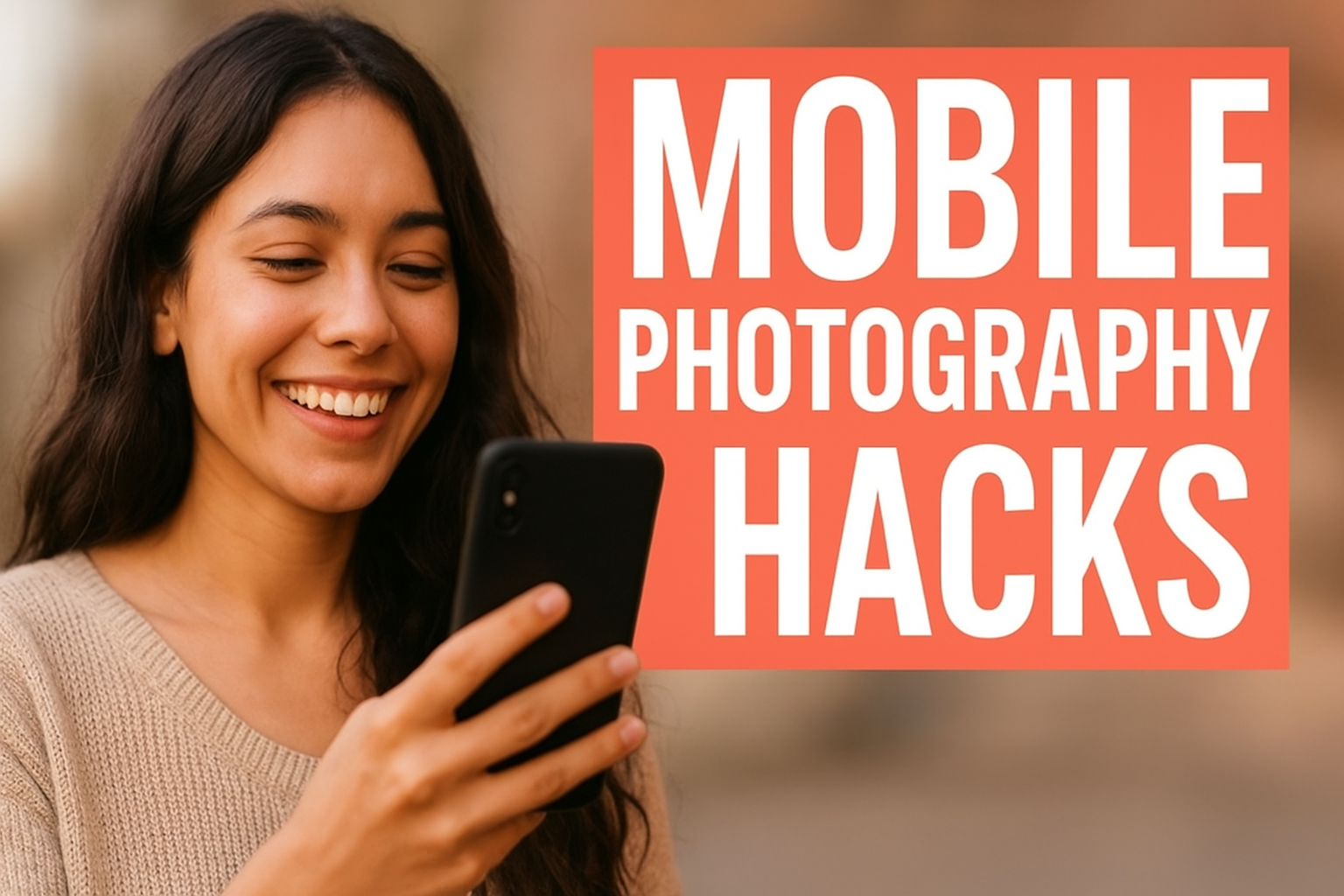
Mobile Photography Hacks: Candid Moments with Your Phone
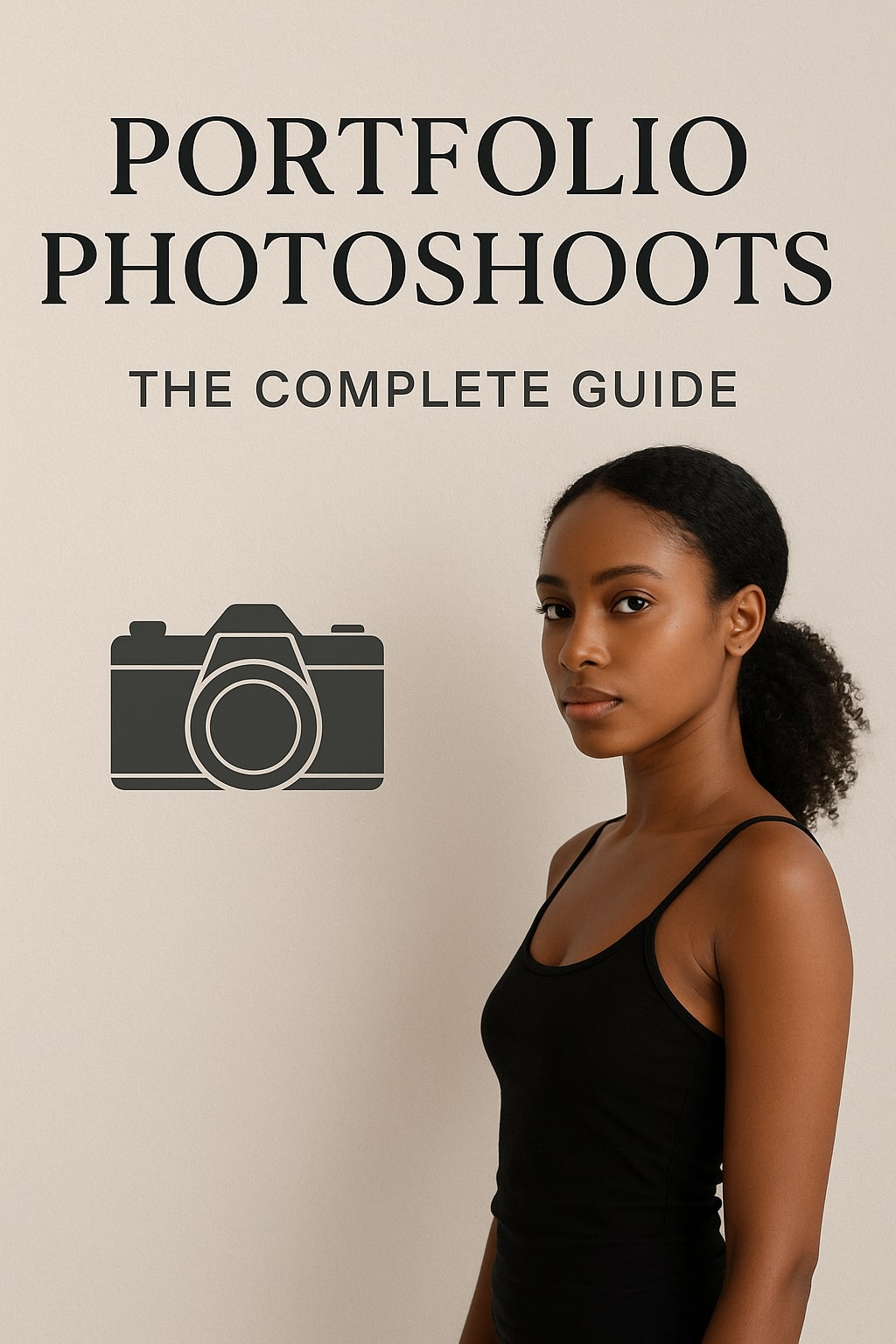
Professional Model & Portfolio Photoshoots: Show Your Best Work
-
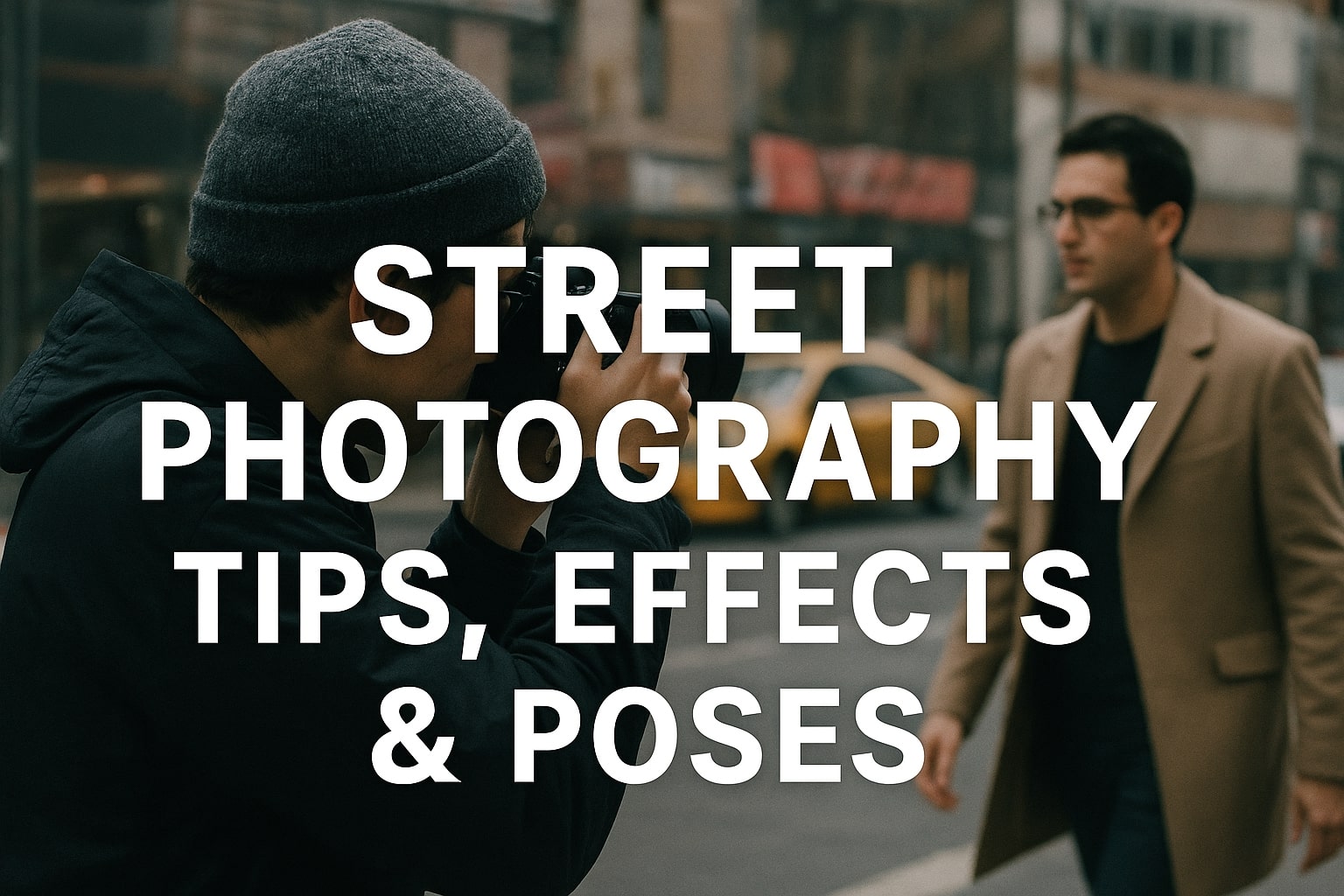
Street Photography Tips, Effects & Poses – Complete Guide
-

Leica Q2 for Photography: Why It’s Loved by Photographers
Mobile Photography Hacks: Candid Moments with Your Phone
Discover high-impact mobile photography hacks to capture genuine, gorgeous candid moments with your phone. Learn practical tips, composition secrets, and pro techniques to turn everyday scenes into stunning visual stories. Introduction: The New Age of Mobile Photography Photography has evolved beyond heavy cameras, technical jargon, and expensive equipment. Today, the power to capture extraordinary moments
Professional Model & Portfolio Photoshoots: Show Your Best Work
” Discover how to plan, style, and execute stunning portfolio photoshoots that showcase your skills, personality, and versatility. This comprehensive guide covers professional tips, posing ideas, gear suggestions, and industry insights for models and photographers.” Introduction – Why Portfolio Photoshoots Are the Cornerstone of a Photographer’s Career A well-crafted portfolio photoshoot is more than a
Street Photography Tips, Effects & Poses – Complete Guide
Discover the ultimate guide to Street Photography with expert tips, creative effects, and dynamic poses. Learn how to capture authentic urban moments, master composition, and tell powerful visual stories through your lens. Article Outline 1. Introduction to Street Photography Street Photography is more than just taking pictures of people in public spaces — it’s about
Leica Q2 for Photography: Why It’s Loved by Photographers
Introduction: The Cult Status of the Leica Q2 The Leica Q2 is not just a camera—it’s a statement. Combining the heritage of German precision engineering with modern digital excellence, it holds a special place in the hearts of professional and passionate photographers alike. With its full-frame sensor, prime Summilux lens, and minimalist design, the Q2
Top Cameras Under ₹1 Lakh for Freelance Photography
Freelance photography is no longer a niche—it’s a booming creative profession that demands not only vision and hustle but also the right gear. Your camera isn’t just a tool; it’s your storytelling partner. If you’re a freelance photographer aiming to balance performance, versatility, and budget, investing in a cameras under ₹1 lakh can offer the
Top Features of Nikon D850 That Make It Ideal for Photoshoots
Explore the top features of the Nikon D850 that make it a powerhouse for photoshoots. From exceptional resolution to dynamic range, this detailed Nikon D850 guide is built for professional and aspiring photographers. 1. Introduction When Nikon launched the D850, it quickly earned a reputation as a flagship DSLR that redefined what photographers could expect
